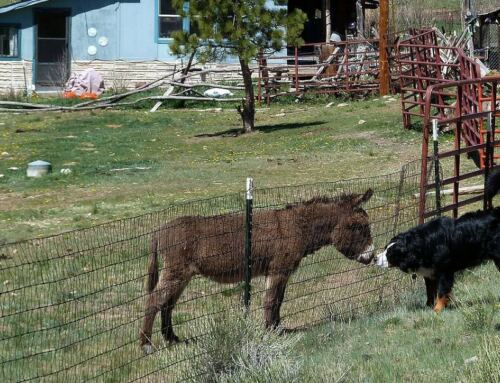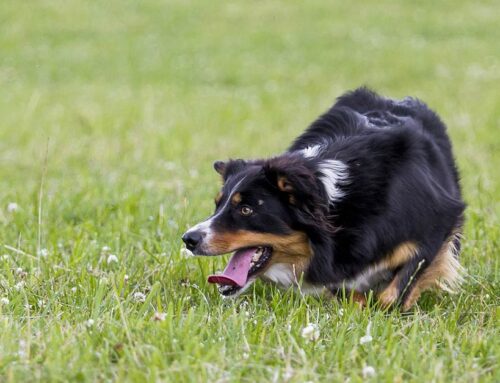
For the most part dogs are pros at figuring out what we want them to do, and dog trainers can get away with tips and suggestions, and get the job done. Some trainers appeal to an owner’s belief in the mythical pack leader, others to the balm of “natural” or “organic.” And still others to our tendency to conserve energy and want something that seems simple and easy.
But at the end of the day, a dog is going to stay in a home because they do what they are asked or expected to do. If we cannot leave the decision of what they should do up to them (no you cannot chew the sofa, bite the mailman or pee on the rug) we need to train them. In many cases we need to train them fast, for their sake as well as the sanity (and safety) of the people they live with.
For those who are unaware of it (and many are because as a whole the dog training industry has done a woeful job of educating both trainers and pet owners about it) there is a science to behavior change. The physical act of training is a skill people can practice and learn, and for those who choose the most humane way to train, this means getting very good at identifying behaviors to reinforce, and minimizing or eliminating the reinforcement of behaviors we don’t want. The art of reinforcement is based on the laws of behavior. When we understand the laws we can focus on our artistry of providing reinforcement, or not.
Some of our dogs may always be compromised in their ability to function easily in the world they find themselves. For whatever reason that ship has sailed, they come to the table with the nervous system they were born with or developed. Most can learn skills. The act of learning by being positively reinforced provides benefits beyond the skills themselves. It improves relationships, it builds new pathways in the brain, it develops the confidence and optimism to try new behaviors, it creates trust between the dog and handler. And gosh darn it, it’s fun, it’s just flat out fun. And who couldn’t use a bit more fun in their lives?





